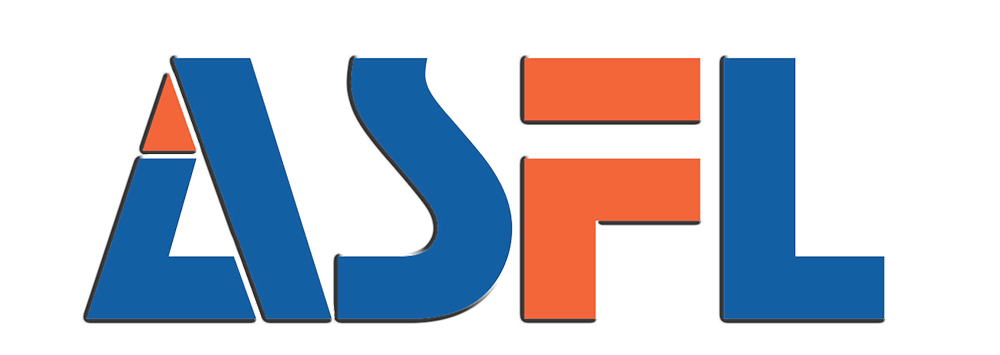Key Features of Bottle Water Filling Machines for Small Operations
Automation Levels in Liquid Filling Machines
Automation in bottle water filling machines ranges from manual systems to fully automatic solutions, each offering varying degrees of operational efficiency. Manual systems require significant human intervention, making them less efficient compared to their automated counterparts. On the other hand, automatic liquid filling machines enhance consistency and reduce labor costs by minimizing manual errors. According to industry case studies, such automation has increased productivity significantly as manufacturers can focus on quality control rather than manual operations. Moreover, programmable settings in automatic machines allow for better quality control and adaptation to different bottle sizes, ensuring a consistent end product across varying formats.
Space-Saving Designs for Compact Facilities
Space-saving designs in bottle water filling machines are crucial for businesses with limited operational space. Compact or modular equipment can fit into tighter configurations, allowing small operations to optimize their production area effectively. For instance, multi-functional machines that combine filling, capping, and labeling into one footprint have become increasingly popular. This trend reflects the industry's shift towards maximizing utility in smaller workspaces. Statistics show cost savings through space optimization, such as reduced rental costs and improved workflow efficiency. Companies can adopt innovative designs to thrive in compact environments while maintaining high productivity standards.
Factors to Consider When Choosing a Liquid Filling Line
Throughput Requirements vs. Machine Capacity
When selecting a liquid filling line, it is crucial to align the machine's capacity with your production targets to optimize throughput. Understanding the relationship between storage and throughput helps in making informed choices. For example, a machine that handles larger batches may suit high-volume producers, while smaller units may suffice for boutique operations. Research from liquid filling machine manufacturers highlights industry benchmarks, demonstrating that machines can vary significantly in their throughput rates, accommodating between 1,000 and 10,000 bottles per hour, depending on their design and functionality. Choosing a machine with a mismatched capacity can severely affect operational efficiency and impact pricing strategies. An under-capacity machine might lead to downtime and production bottlenecks, whereas an over-capacity machine might result in unnecessary expenses and underutilization of resources.
Integration With Capping and Labeling Systems
Integrating liquid filling lines seamlessly with capping and labeling systems is essential for maintaining production efficiency. By ensuring all components work together, businesses can streamline their operations and minimize downtime. Recent technological advancements, such as cutting-edge software solutions, enable real-time synchronization of filling, capping, and labeling processes, creating a more cohesive and efficient production line. Case studies reveal the transformative impact of successful integration. Companies that have adopted these solutions report measurable improvements in production line speeds and reduced downtime, often citing increases in overall productivity by as much as 30%. Furthermore, these integrated systems facilitate ease of maintenance and adaptability to different production needs, making them a smart investment for any bottling operation focused on efficiency and scalability.
Cost-Effective Solutions for Startup Water Bottling Businesses
Semi-Automatic vs Fully Automatic Liquid Filling Machines
Choosing between semi-automatic and fully automatic liquid filling machines is crucial for startups aiming for cost-effective water bottling operations. Semi-automatic machines generally require a lower initial investment, often costing significantly less than their fully automatic counterparts. However, they may have higher long-term operational costs due to increased labor requirements. According to market analyses, fully automatic machines can offer savings on labor over time, as they require less human intervention and enhance production efficiency. For instance, manufacturing sectors report that fully automatic systems can increase production efficiency by up to 30%, reducing downtime and improving overall throughput. Experts suggest that the ideal choice for startups depends on expected production volumes and budget constraints. Smaller operations might benefit from the lower cost of semi-automatic machines, while larger-scale production targets could justify the investment in fully automatic systems to balance expenses with productivity gains.
Used/Refurbished Equipment Considerations
For startups with tighter budgets, purchasing used or refurbished liquid filling machines can offer substantial cost savings. These machines are typically available at a fraction of the cost of new equipment, making them an attractive option for businesses striving to minimize initial expenses. However, the risks associated with used machines include potential reliability issues and the limited availability of warranties. It is vital to thoroughly evaluate the condition, history, and any available warranty options of used equipment to ensure a smart investment. Guidance from industry experts emphasizes checking for wear and tear, previous maintenance records, and the reputation of the refurbishing company. Furthermore, testimonials from businesses that successfully integrated refurbished equipment highlight both cost savings and performance reliability. Such businesses report significant savings and satisfactory operational efficiency, positioning refurbished equipment as a viable option for startups seeking to economize without compromising performance.
Optimizing Your Liquid Filling Process
Maintenance Tips for Filling Capping Machines
Maintaining your filling and capping machines is crucial for ensuring their longevity and optimal performance. Routine maintenance practices can significantly extend equipment life and reduce operational hiccups. You should have a checklist for maintenance activities that operators can easily follow. Here’s a simple guide:
1. Daily Inspections: Check for any visible leaks and ensure all components are securely fitted.
2. Weekly Maintenance: Lubricate moving parts and inspect belts and hoses for wear.
3. Monthly Checks: Calibrate equipment and conduct thorough inspections of electrical components.
These routine procedures ensure machinery runs smoothly, reducing unexpected downtimes and cutting down repair costs. Industry reports indicate that regular maintenance can lower downtime by up to 30% and repair costs by an average of 25%, making it an essential practice for cost management and efficiency.
Energy Efficiency in Automatic Liquid Filling Operations
Investing in energy-efficient liquid filling machines not only supports sustainability goals but also provides significant cost savings. The latest technology trends focus on reducing energy consumption without compromising output quality. Machines tailored with energy-saving standards and certifications, like the Energy Star label, offer measurable savings. For instance, using energy-efficient machinery in a production line can cut down total energy costs by up to 20%, as per recent industry analyses.
Moreover, case studies from companies adopting these technologies have shown a remarkable reduction in energy expenses and environmental footprint. By incorporating energy-efficient practices, firms have witnessed energy savings translate into improved profitability and enhanced corporate responsibility, making it a strategic move for modern liquid filling operations.
Selecting a Reliable Liquid Filling Machine Manufacturer
Evaluating Technical Support and Warranty Options
When selecting a liquid filling machine manufacturer, evaluating the level of technical support is crucial for ensuring operational reliability. Manufacturers that provide comprehensive technical support can help troubleshoot issues quickly, minimizing downtime and maintaining production efficiency. Additionally, assessing warranty options is equally important. It's essential to look for warranties that provide extensive coverage, including parts and labor, for a substantial duration. A good warranty should also have clear terms and conditions that specify what is covered, under what circumstances, and how long the coverage lasts. Relying on industry forums and customer reviews can offer insights into the reliability of a manufacturer’s support and warranty services, shedding light on actual user experiences that could influence your decision-making process.
Scalability for Future Production Expansion
In the context of choosing a liquid filling machine, scalability is a must-have feature, especially for startups aiming to increase their production capacity over time. Scalability ensures that as your business grows, the equipment can adapt to higher production demands without needing a complete overhaul. Look for machines with modular designs that allow easy upgrades, such as adding more filling heads or integrating additional features. Leading manufacturers often offer customizable solutions catering to future expansion, making it a wise investment in the long run. Industry statistics underscore the importance of scalability, with reports indicating a growing trend in production volume across the bottling sector. This emphasizes the critical role scalable solutions play in supporting a business's long-term success and adaptability to market demands.





